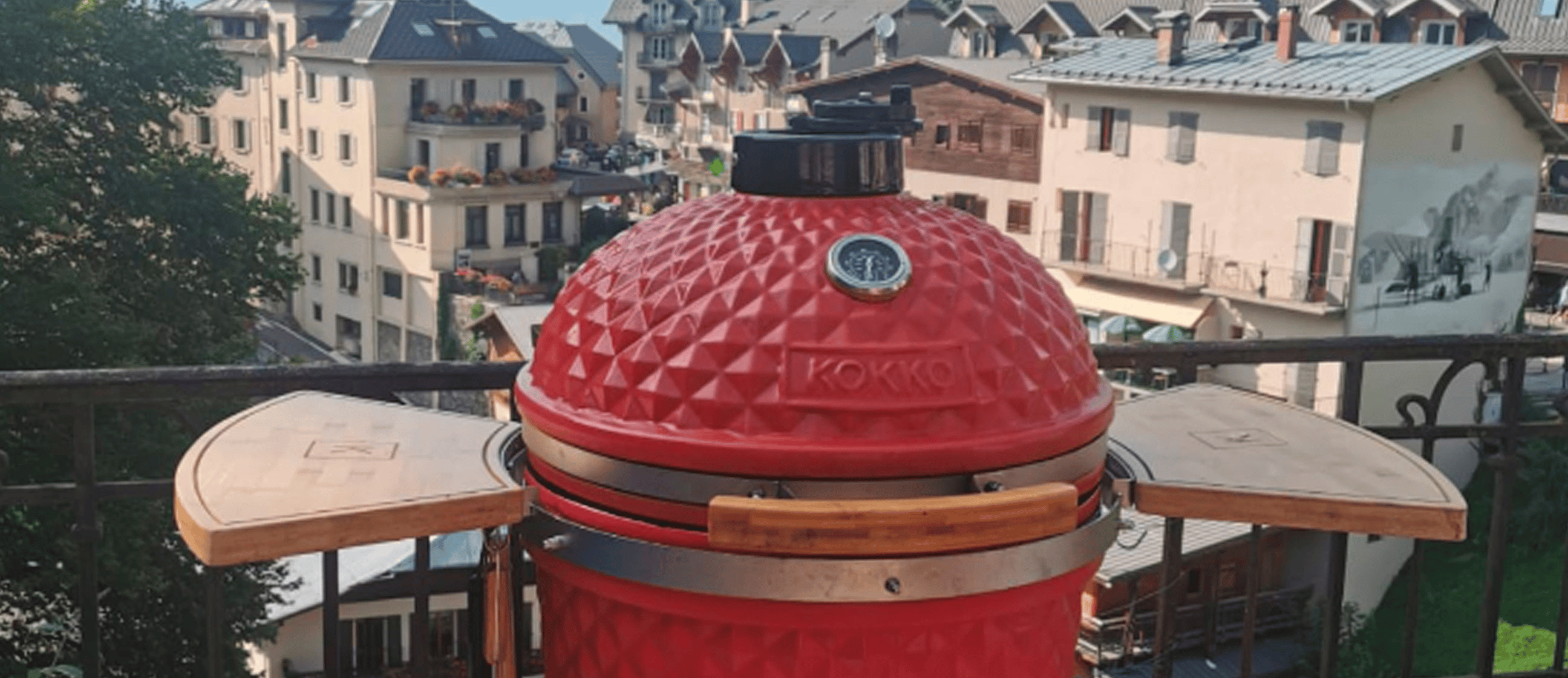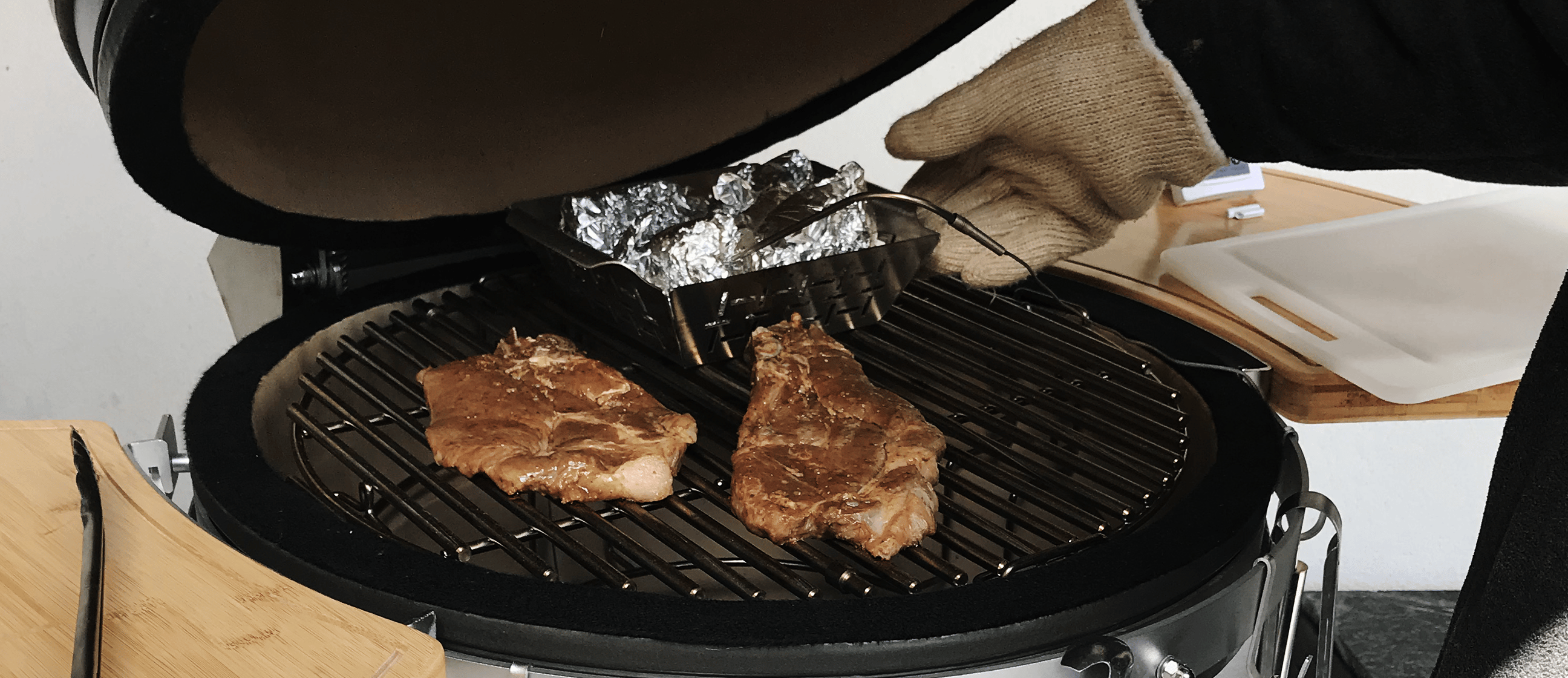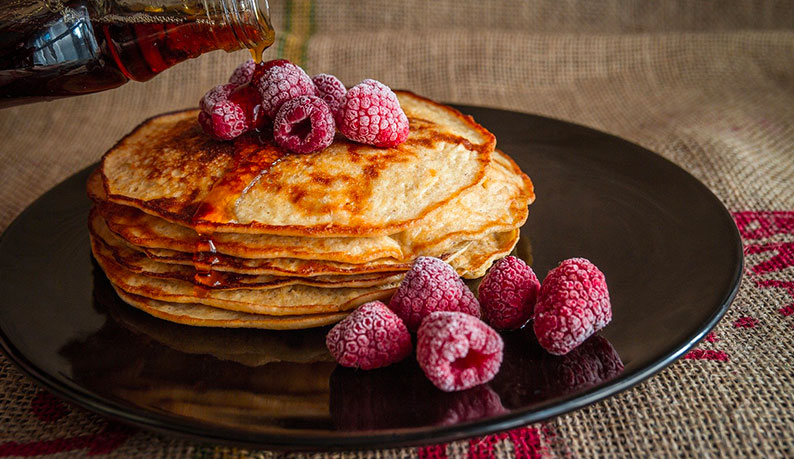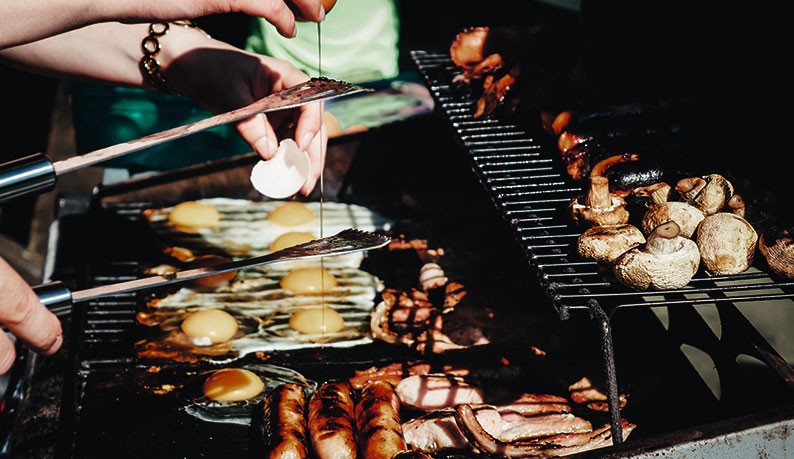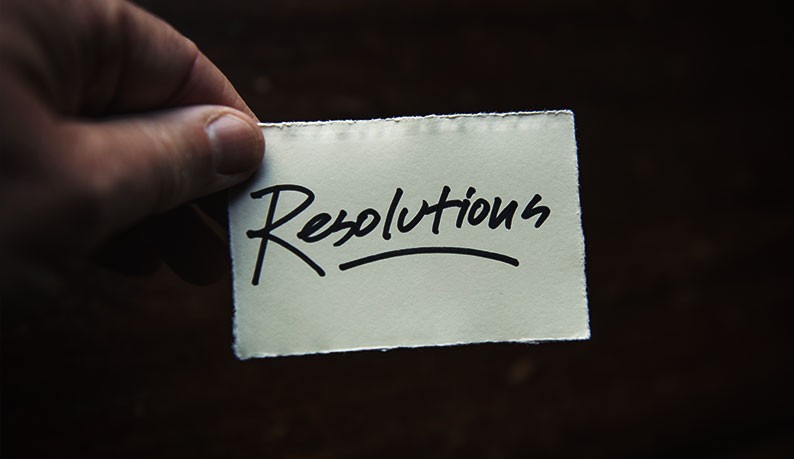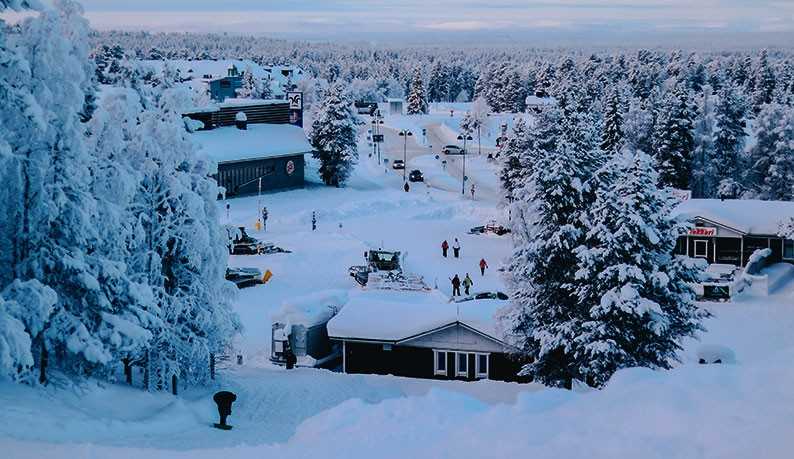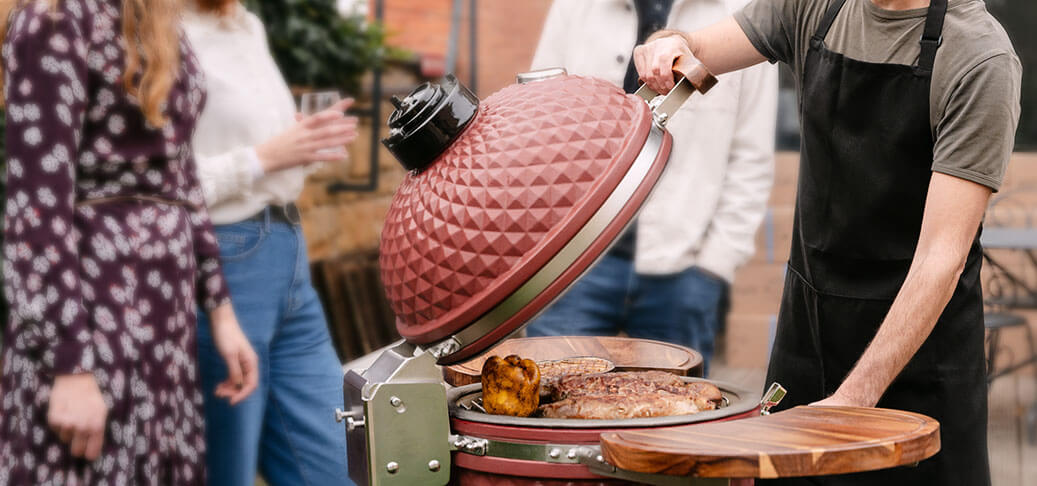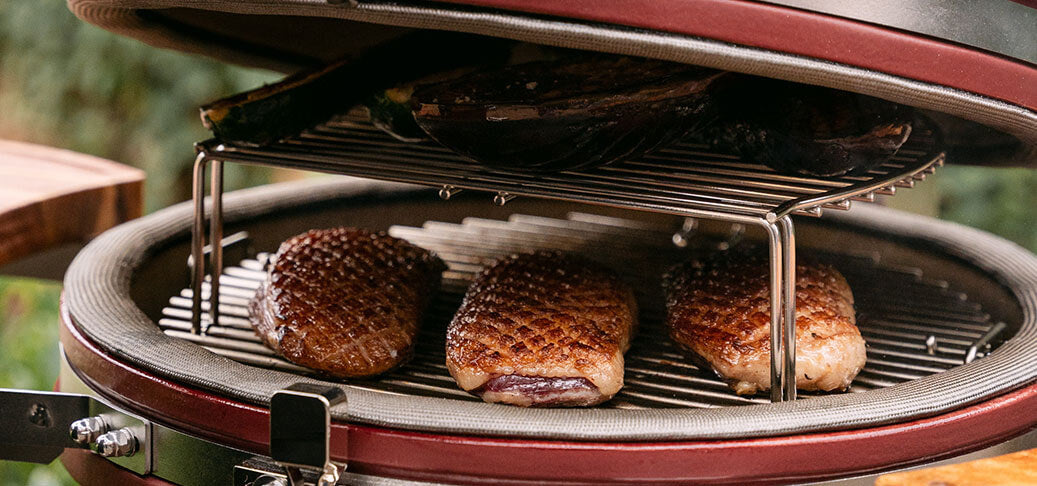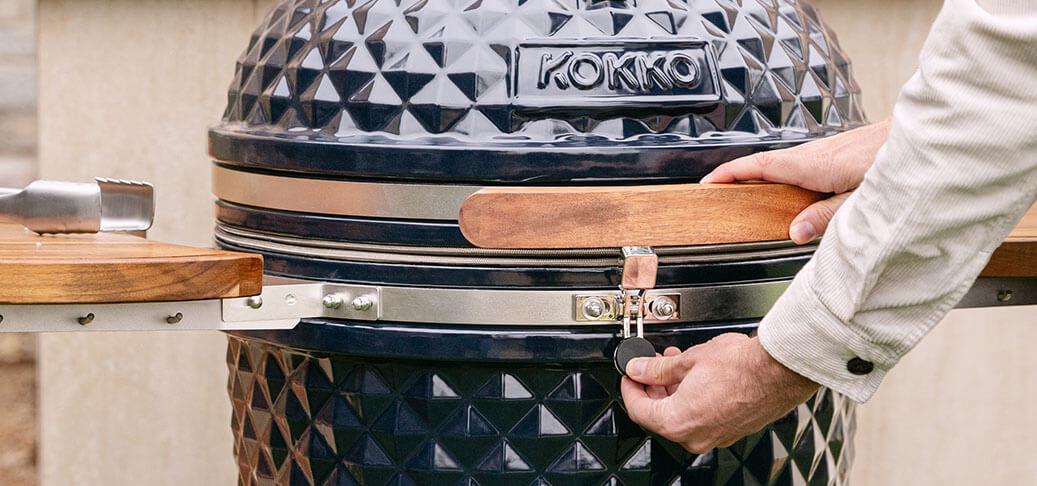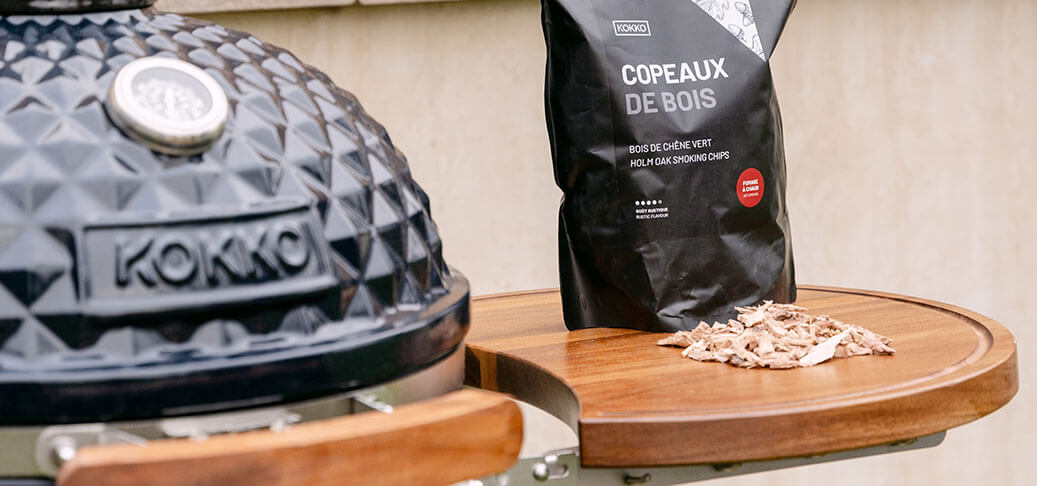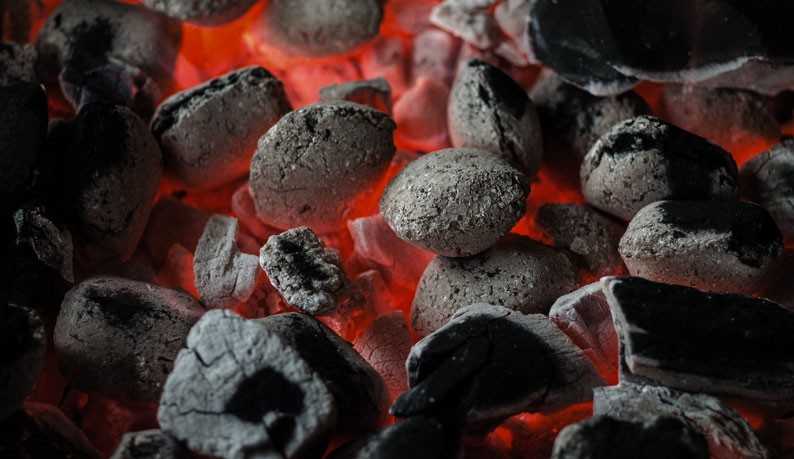
While barbecuing is a popular summer activity every year, controversy about the potential risks associated with charcoal cooking regularly resurfaces. On the other hand, poor-quality charcoal that disintegrates quickly and doesn't get hot enough turns your BBQ party into a mission impossible if you want to grill your food properly. Types of charcoal, essential criteria to observe, possible risks and how to avoid them? We take a look.
Why can coal be harmful to your health?
In general, any material in flame can be carcinogenic due to polycyclic aromatic hydrocarbons (PAHs) and heterocyclic amino acids (HCAs): two molecules formed at very high temperatures. In particular, they can be formed when food comes into direct contact with flames. Inhaled or ingested, these toxic molecules are carcinogenic. However, if a few safety rules are observed, the risk is very low. Several studies on the subject, conducted by the French National Agency for Food, Environmental and Occupational Health and Safety (Anses), have shown that the risk of overexposure to these molecules is "quite limited".
How to limit toxic risks with coal?
To avoid the formation of these chemical compounds, food should be placed at a reasonable height (around 10cm) from the fire, so that cooking is achieved by the heat of the embers and not the flames. The temperature should then be around 220°.
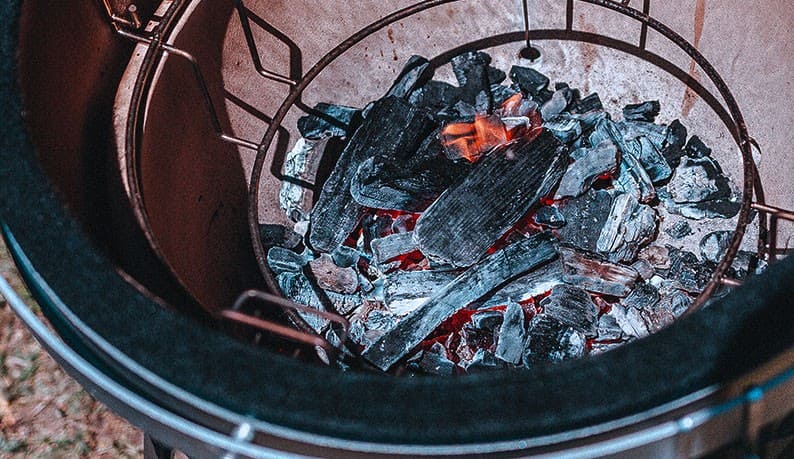
Criteria for choosing the right coal
Charcoal can be made from different types of wood, and charcoal plays a vital role in cooking, just as it does in barbecuing. If you want to smoke your food with Kokko, follow our practical guide!
1 - A purified charcoal
To make sure you're buying quality charcoal, it's best to opt for purified charcoal rather than ordinary charcoal. It will then be purer, i.e. it will contain as little organic matter, moisture and tar as possible, and its combustion will therefore be much better. Its carbon content must be over 80%. To be sure, just take a look at the markings on the pack.
What's more, the larger the pieces, the less dust they contain and the easier they are to light.
2 - Hardwood or softwood?
To grill vegetables, fish, tender meats or vegetable substitutes if you're preparing a vegetarian barbecue, it's best to opt for charcoal made from soft wood, which lights more easily and rises to a higher temperature. These types of coals are sold by the liter.
If you want to grill larger pieces, for longer cooking times, or in larger quantities, charcoal made from hardwood is particularly recommended. They may be harder to light, but they will heat longer. These types of hardwood coals are sold by the kilo.
Generally speaking, to be sure of choosing quality charcoal, it's best to opt for charcoal stamped "restaurant quality charcoal" or "artisan charcoal for grilling".
3 - Check where your charcoal comes from
Finally, be careful about the origin of the charcoal you buy. Charcoal from abroad is often linked to major problems, such as deforestation and labor exploitation. Choose charcoal from France first and foremost. What's more, some brands even sell charcoal "from sustainably managed French forests". To help you make the right choice, two labels ensure that the wood used is sustainably exploited: FSC and PEFC.
Greener alternatives to charcoal?
It is perfectly possible not to use charcoal for your barbecue. Alternative fuels are available on the market. These include coconut shells, vine shoots, corn cobs and olive pomace. More environmentally friendly, they will also add flavour to your grills, although they will not last as long as wood thistle.
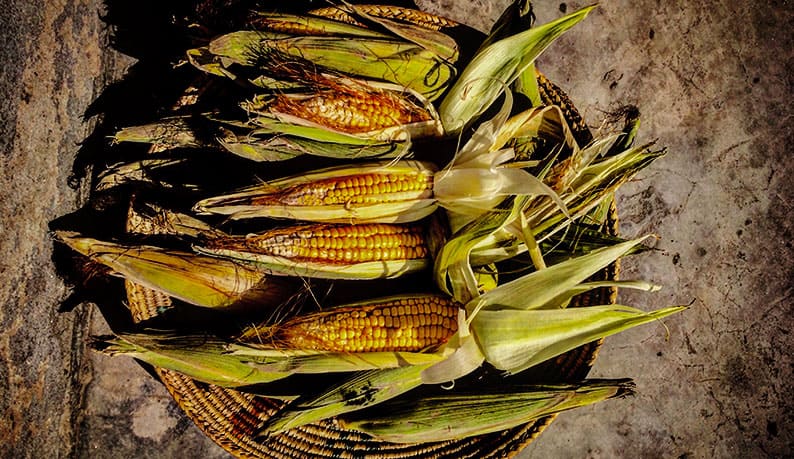
Wondering what accessories you need to save money and optimize the ignition of your charcoal?
The stainless steel coal basket for your charcoal
The ash extractor with accacia handle to remove ash from the kamado
Thegas lighter to avoid any risk of burns
You can also change your cast-iron plate with holesavailable in 3 sizes!
Now that you know which charcoal to choose for your next BBQ party, get up to date by discovering the food trends for 2020 !
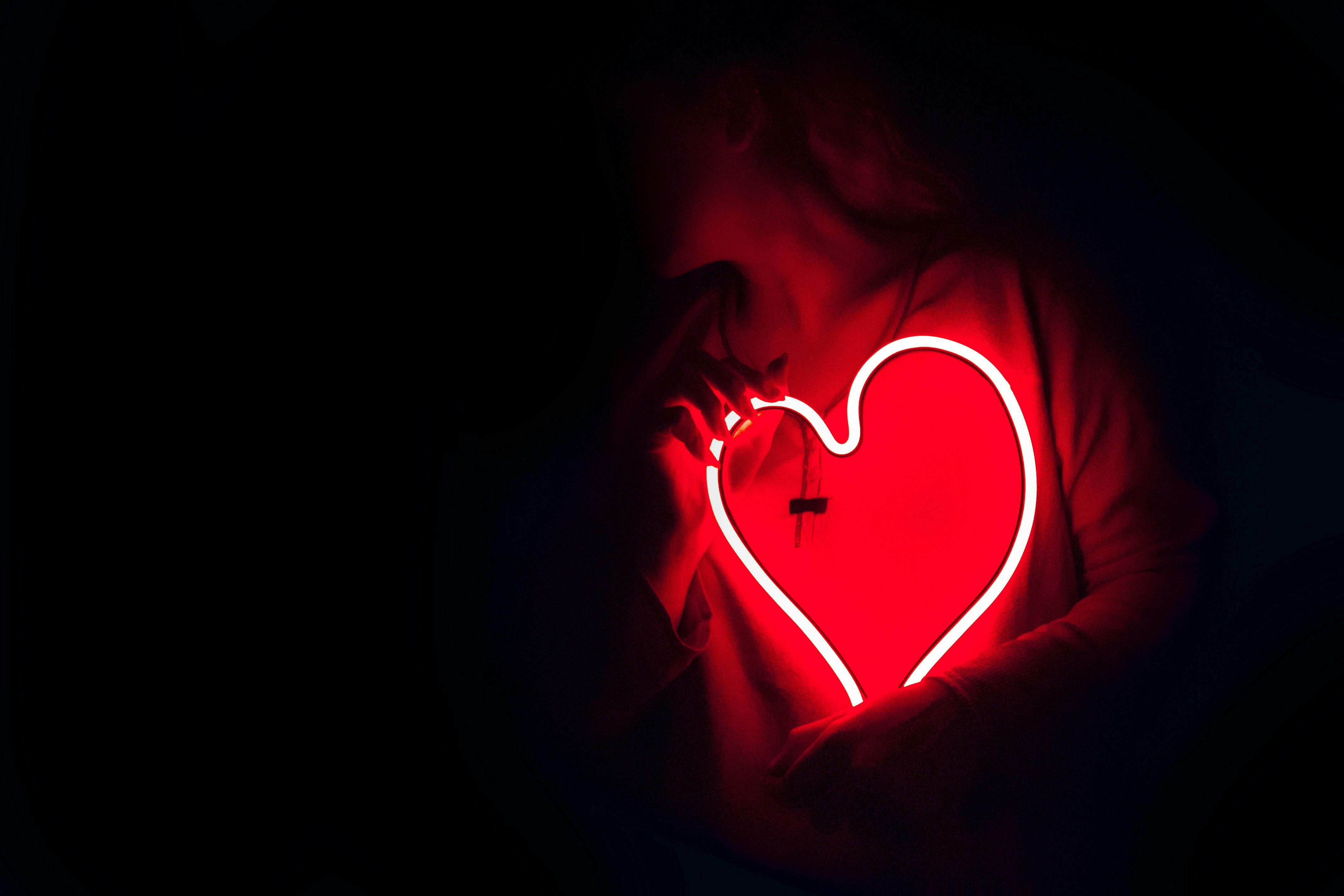
.jpg)
